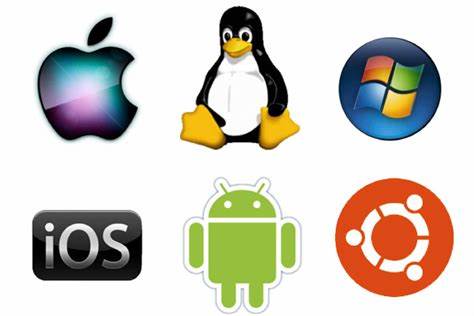Operating systems (OS) serve as the backbone of modern computing, orchestrating a myriad of tasks to ensure seamless interaction between hardware and software. Their multifaceted nature encompasses several objectives and functions that are pivotal to the functionality of any computer system.
Two Major Components of System Software
The system software comprises two fundamental components: the operating system and utility programs. While the operating system manages resources and provides essential functionalities, utility programs aid in system maintenance and user convenience.
Questions:
- What are the two primary components that constitute system software?
- How do utility programs differ from the operating system in terms of functionality?
Five Basic Functions of an Operating System
Operating systems perform five core functions: managing hardware, providing a user interface, facilitating file management, ensuring security, and enabling hardware-software interaction.
Questions:
- Enumerate and briefly explain the five fundamental functions carried out by an operating system.
- How does an operating system contribute to the security of a computer system?
Why a Computer Needs an Operating System
The necessity of an operating system lies in its role as a mediator between hardware and software. It manages resources, coordinates processes, and ensures efficient utilization of system components, thereby enabling users to interact effectively with the computer.
Questions:
- Elaborate on the essential role an operating system plays in enabling user interaction with a computer.
- How does an operating system enhance the efficiency of resource management in a computer?
Computer Startup Process
When a computer powers on, the system undergoes a sequence known as the boot process. This involves initializing hardware components, loading the BIOS or UEFI firmware, and initiating the operating system kernel to prepare the system for user interaction.
Questions:
- Explain the sequence of events that occur when a computer is turned on.
- What is the role of the BIOS or UEFI firmware during the startup process?
Three Major Types of User Interfaces
User interfaces facilitate interaction between users and the operating system. The three primary types include command-line interfaces (CLI), graphical user interfaces (GUI), and touch-based interfaces.
Questions:
- Discuss the distinguishing characteristics of each type of user interface.
- How does the choice of user interface impact user experience and interaction with the operating system?
Three Categories of Operating Systems
Operating systems can be categorized as single-user, multi-user, and multi-tasking/multi-processing systems based on their intended functionalities and user support.
Questions:
- Explain the differences between single-user, multi-user, and multi-tasking operating systems.
- In what scenarios would a multi-user operating system be more advantageous compared to a single-user system?
Understanding these objectives and functionalities of operating systems is fundamental to comprehending their significance in modern computing environments. These concepts form the cornerstone for efficient system operation and user interaction.

